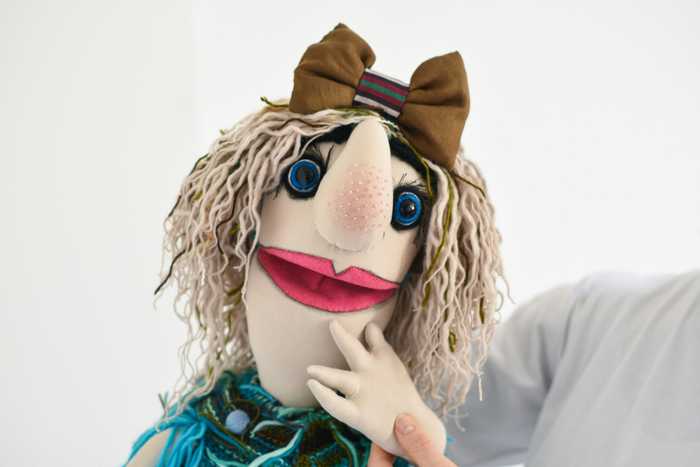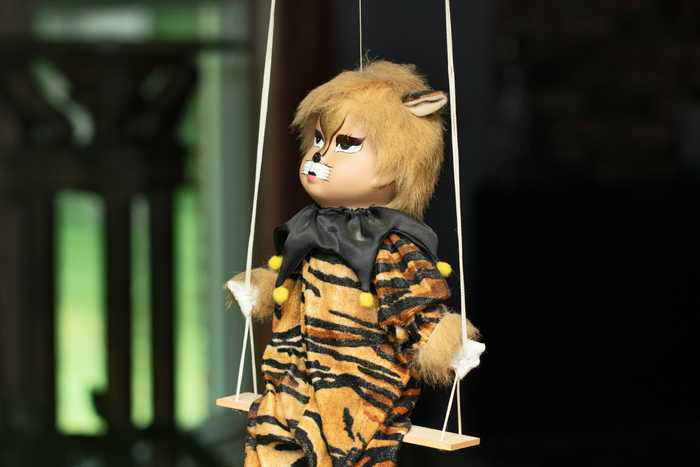Published 16:25 IST, February 22nd 2024
From humble beginnings to global prominence, the history of puppetry is a living proof of human creativity, ingenuity, and cultural expression.
Advertisement
Everyone has witnessed, or at least heard about the art of puppetry or kathputli ka khel in hindi. Puppetry, an ancient and captivating art form, has been enchanting audiences for centuries with its ability to bring characters to life through the manipulation of puppets. From humble beginnings to global prominence, the history of puppetry is a living proof of human creativity, ingenuity, and cultural expression. Let's look at the fascinating journey of puppetry through the ages.
Early origins

The origins of puppetry can be traced back to ancient civilizations, where early forms of puppetry were used for religious rituals, storytelling, and entertainment. Archaeological evidence suggests that puppetry existed in ancient Egypt, Greece, China, and India, with puppets made from a variety of materials such as clay, wood, and fabric.
Advertisement
Medieval Europe
Puppetry flourished during the Middle Ages in Europe, where it became a popular form of entertainment at fairs, festivals, and marketplaces. Puppeteers, known as "professors," traveled from town to town, performing puppet shows for eager audiences. The characters in these shows often depicted moral lessons, religious stories, or satirical commentary on current events.
Renaissance and beyond

During the Renaissance period, puppetry experienced a resurgence in popularity as wealthy patrons commissioned elaborate puppet theaters and performances. Puppeteers began experimenting with more sophisticated techniques and designs with intricate mechanisms and moving parts into their creations. Puppet theaters, known as "marionette theatres," became fixtures in cities across Europe, attracting audiences of all ages.
Advertisement
Asia
In Asia, puppetry has a long and rich history dating back thousands of years. Traditional forms of puppetry, such as shadow puppetry in China, Indonesia, and India, and bunraku puppetry in Japan, have been passed down through generations, preserving ancient storytelling traditions and cultural heritage. These forms of puppetry continue to thrive in modern times, captivating audiences with their intricate craftsmanship and mesmerizing performances.
Contemporary puppetry
Today, puppetry remains a diverse art form practiced around the world, with puppeteers continuing to innovate and push the boundaries of the medium. From traditional puppet shows and puppet festivals to avant-garde puppetry performances and puppetry in digital media, the art of puppetry continues to captivate and inspire audiences of all ages.
Advertisement
16:25 IST, February 22nd 2024